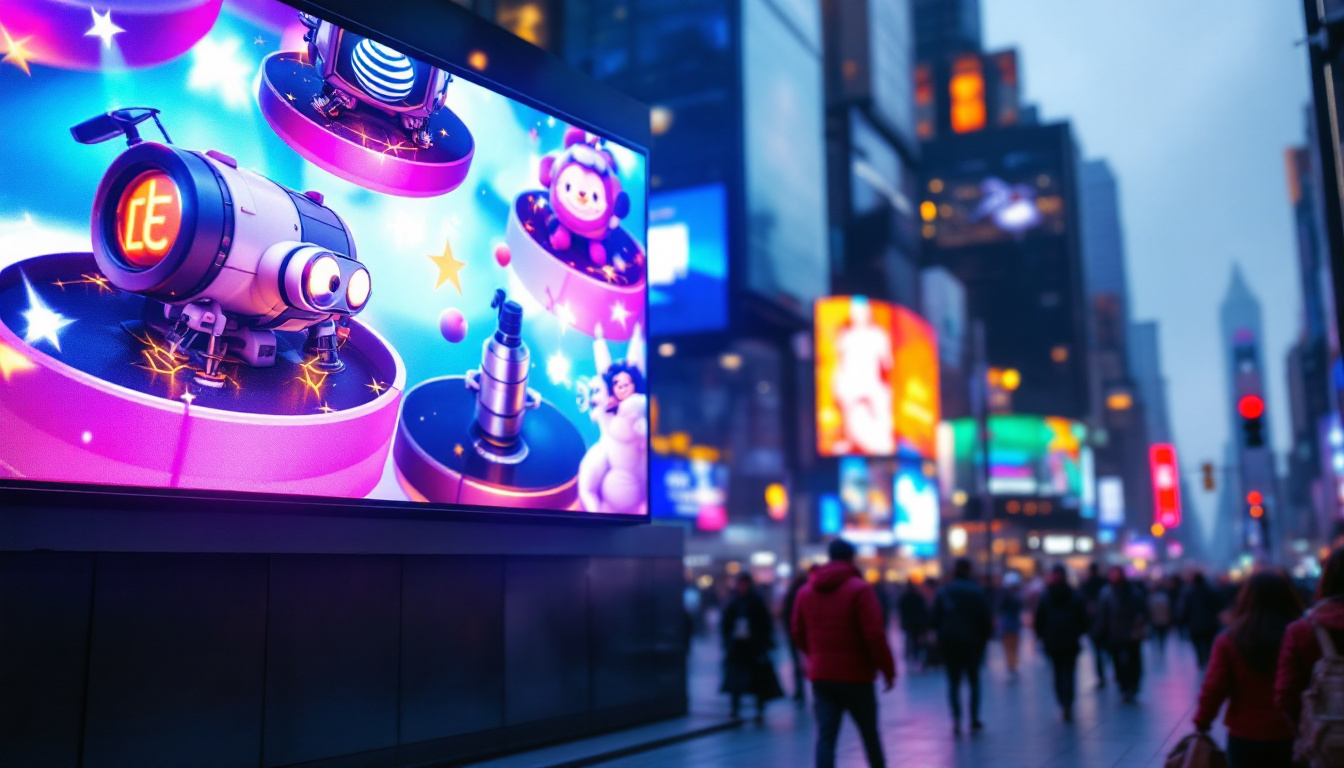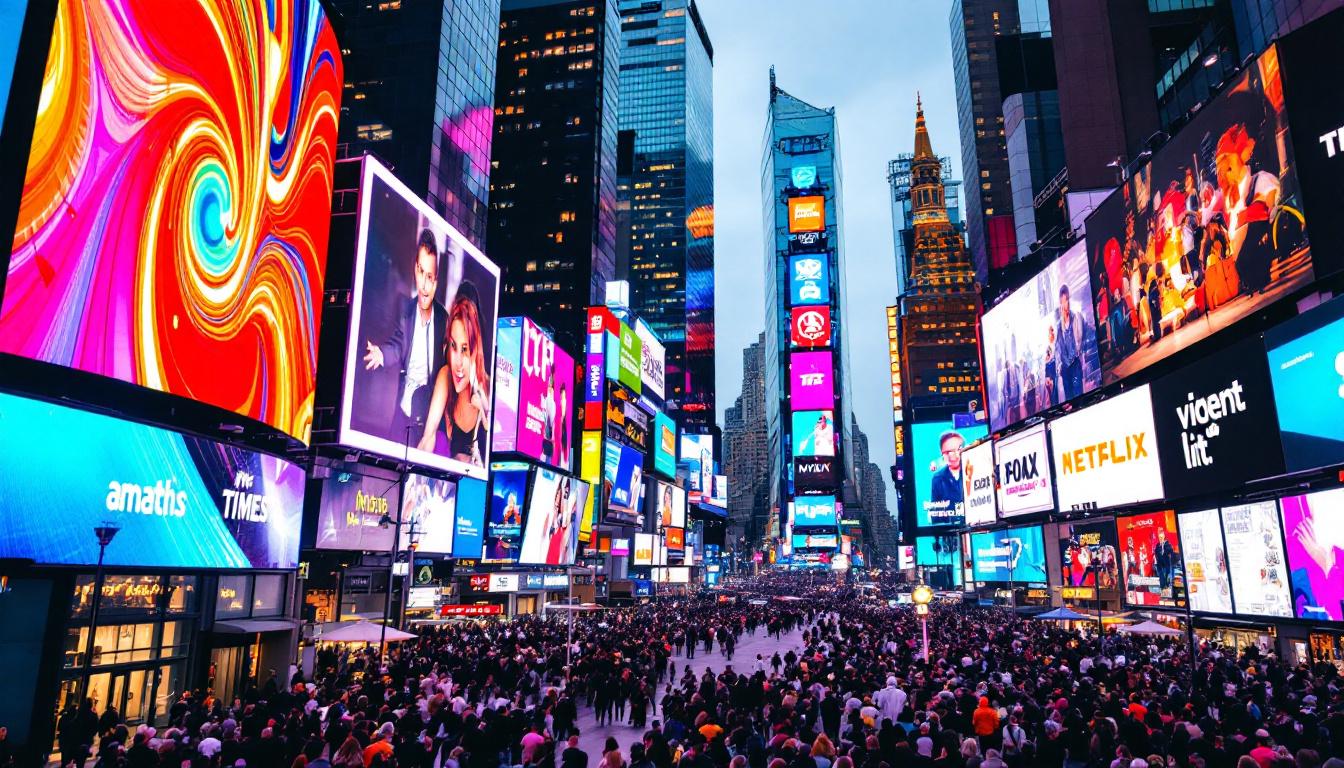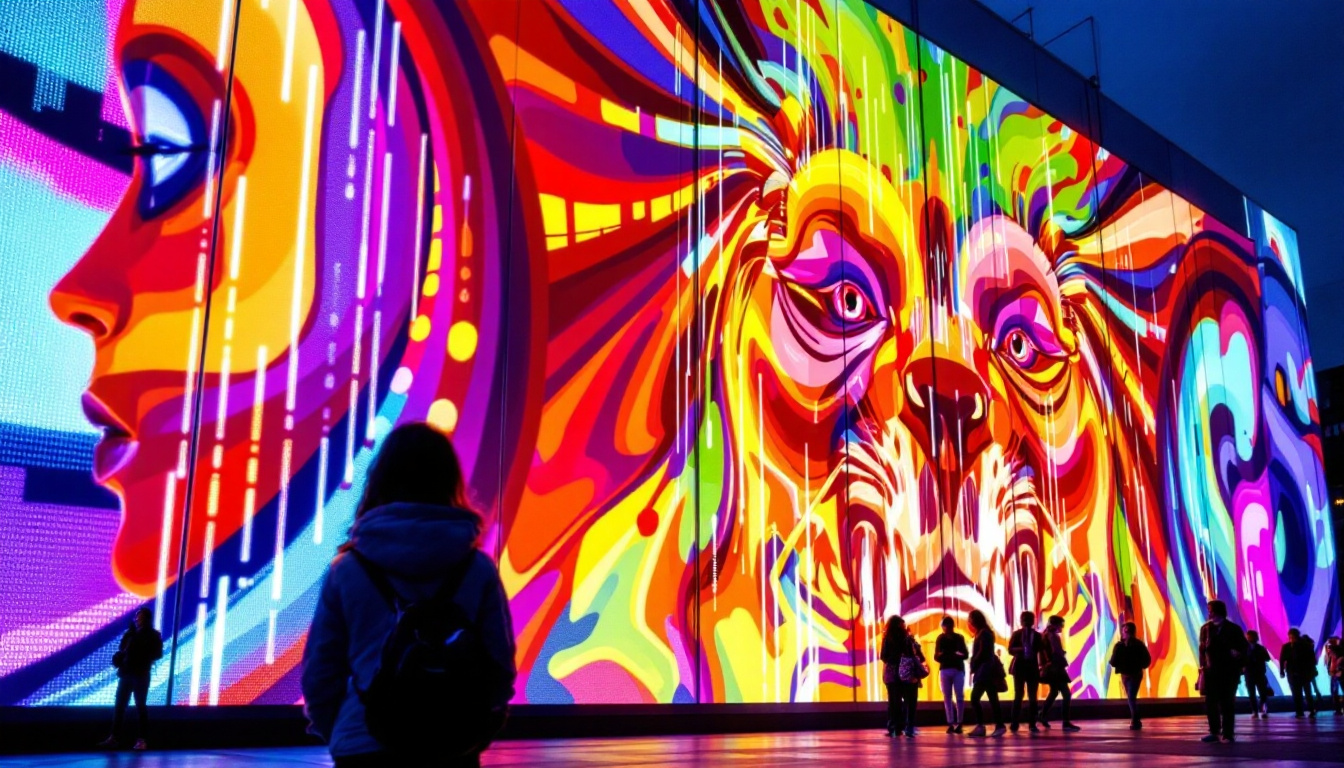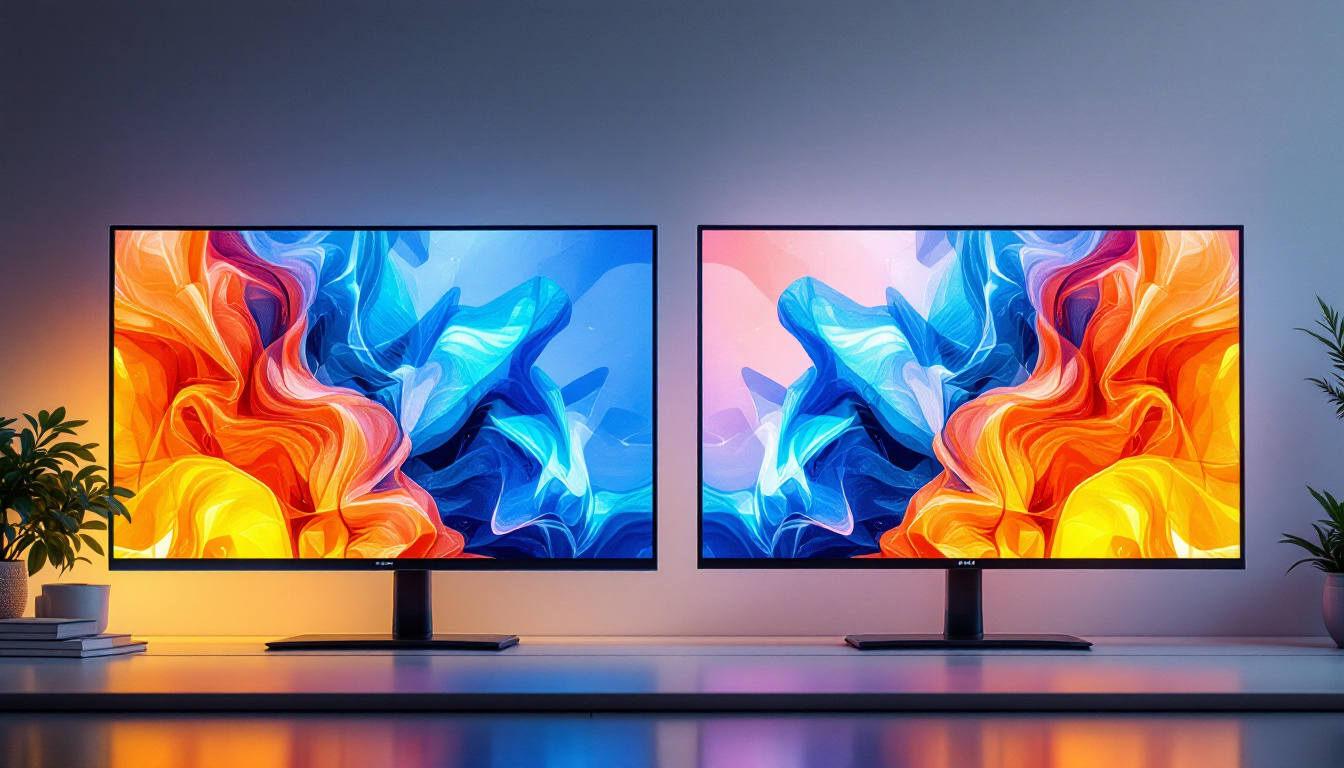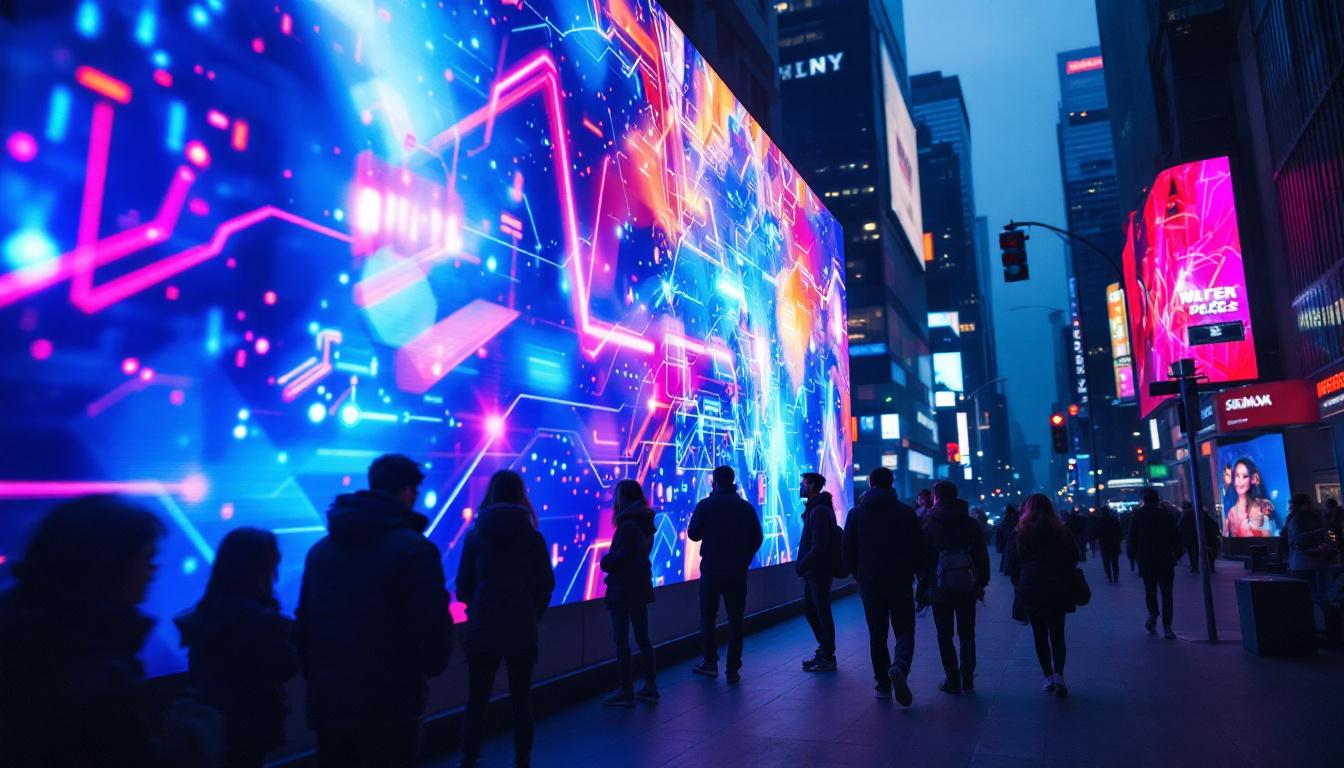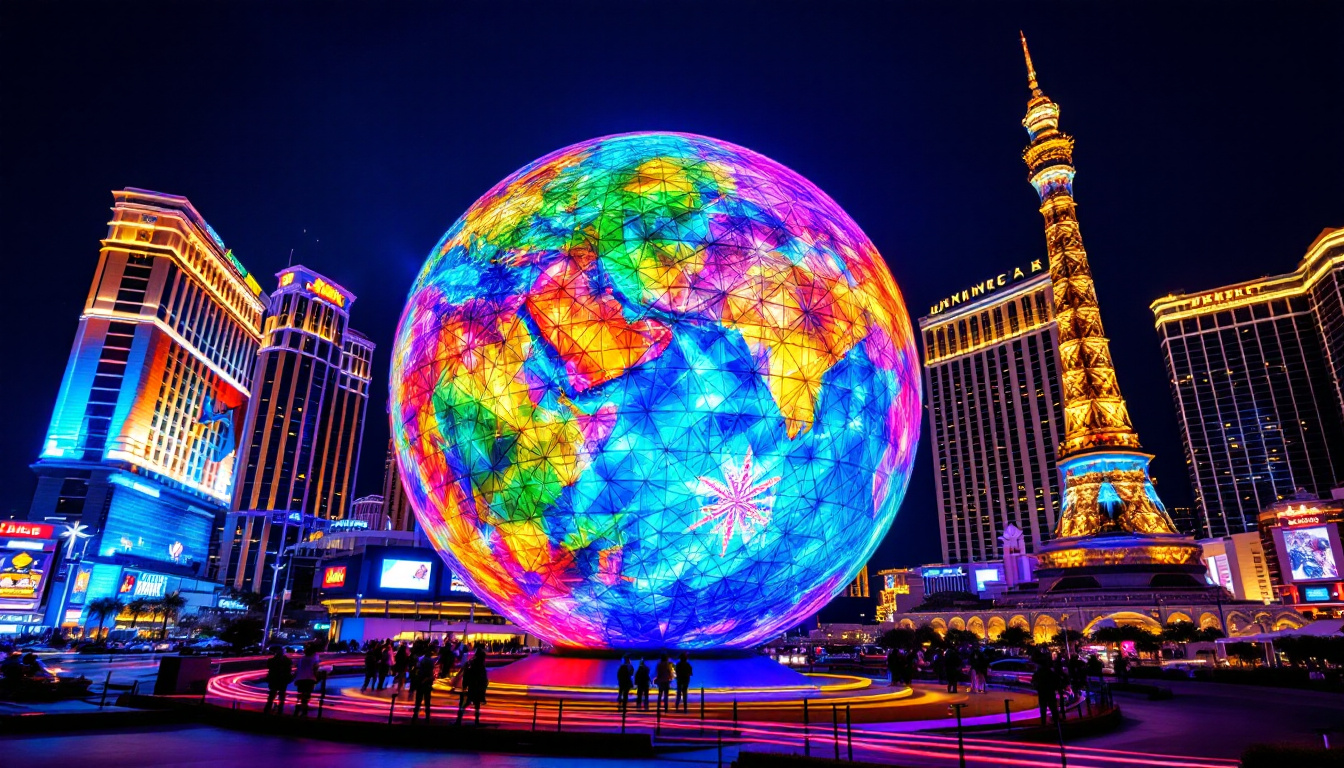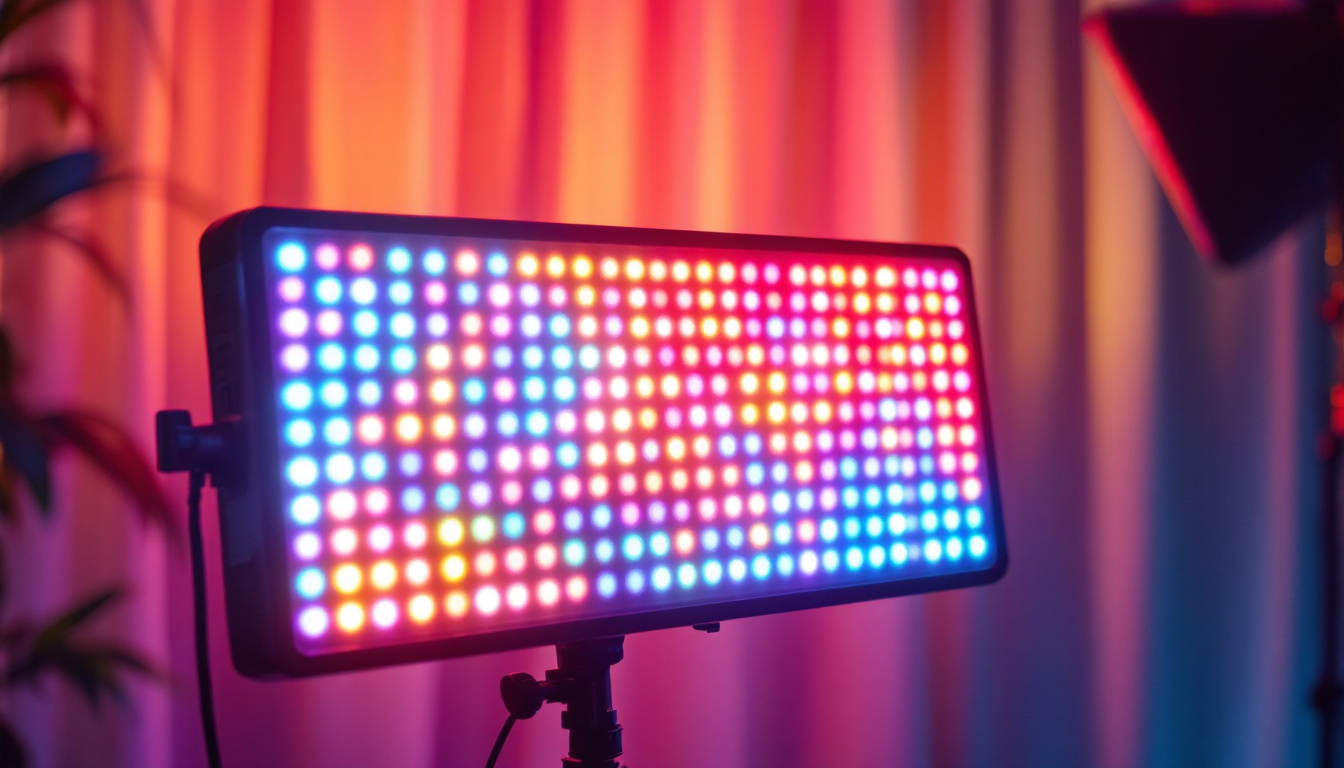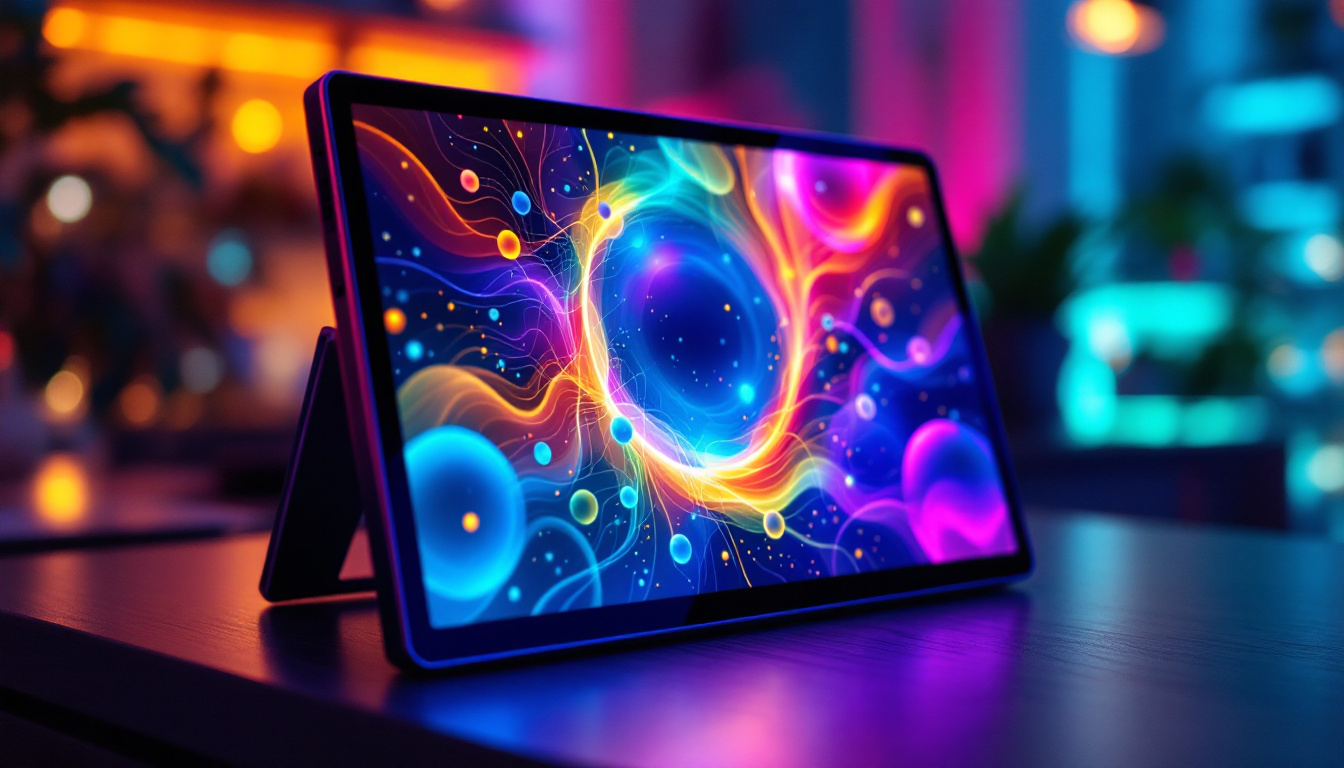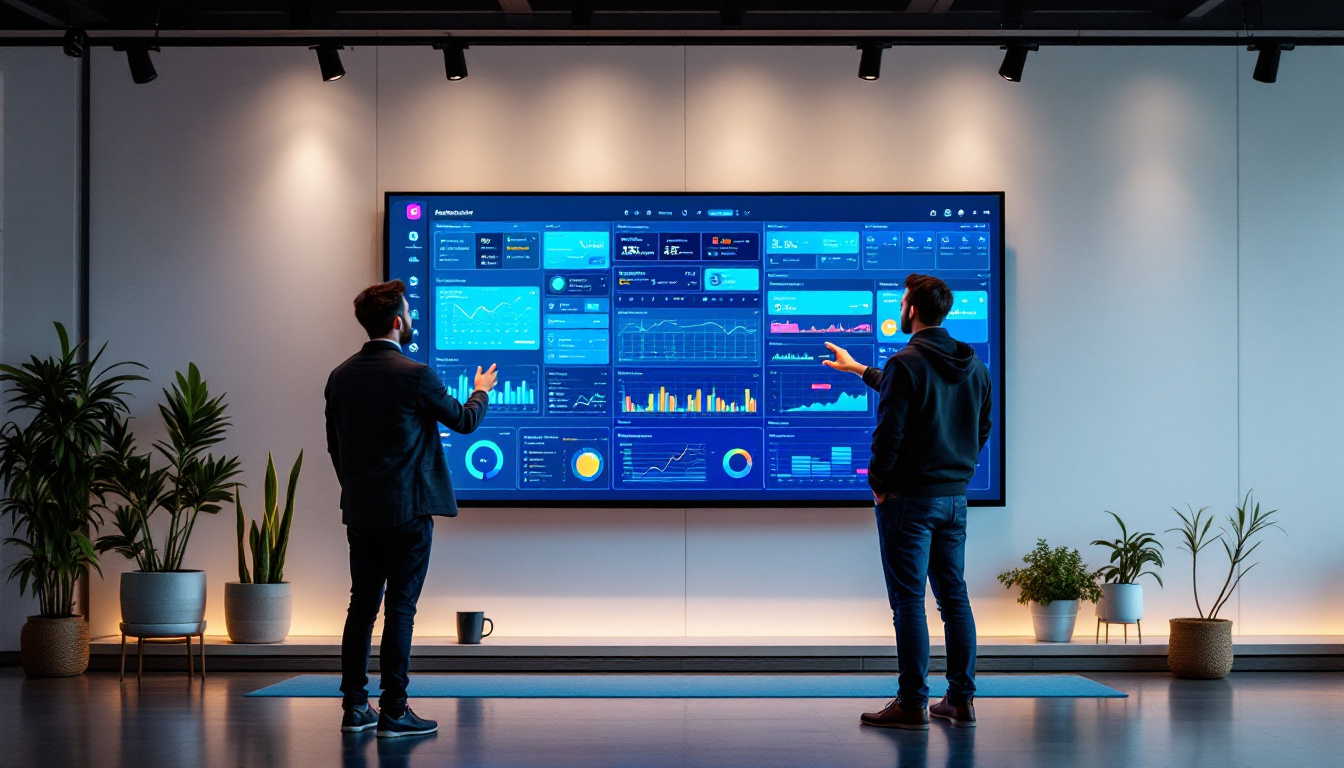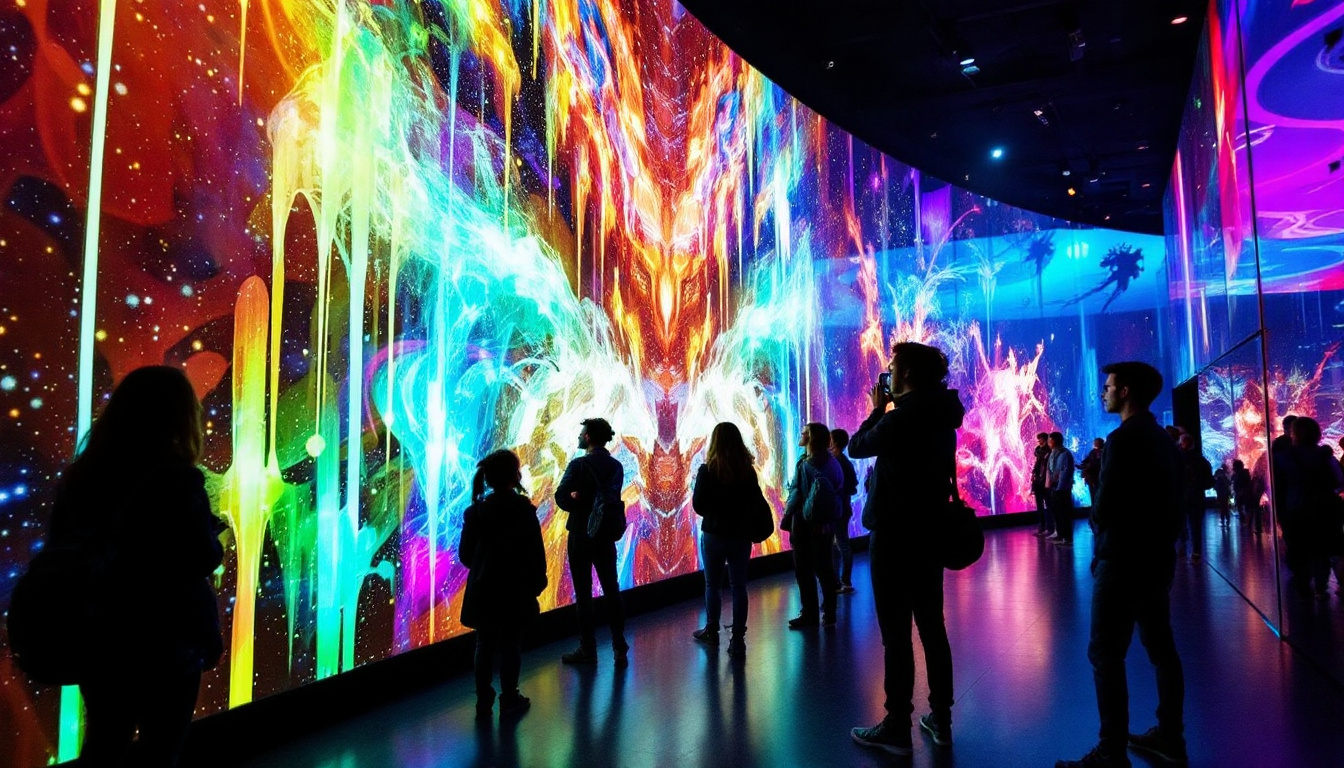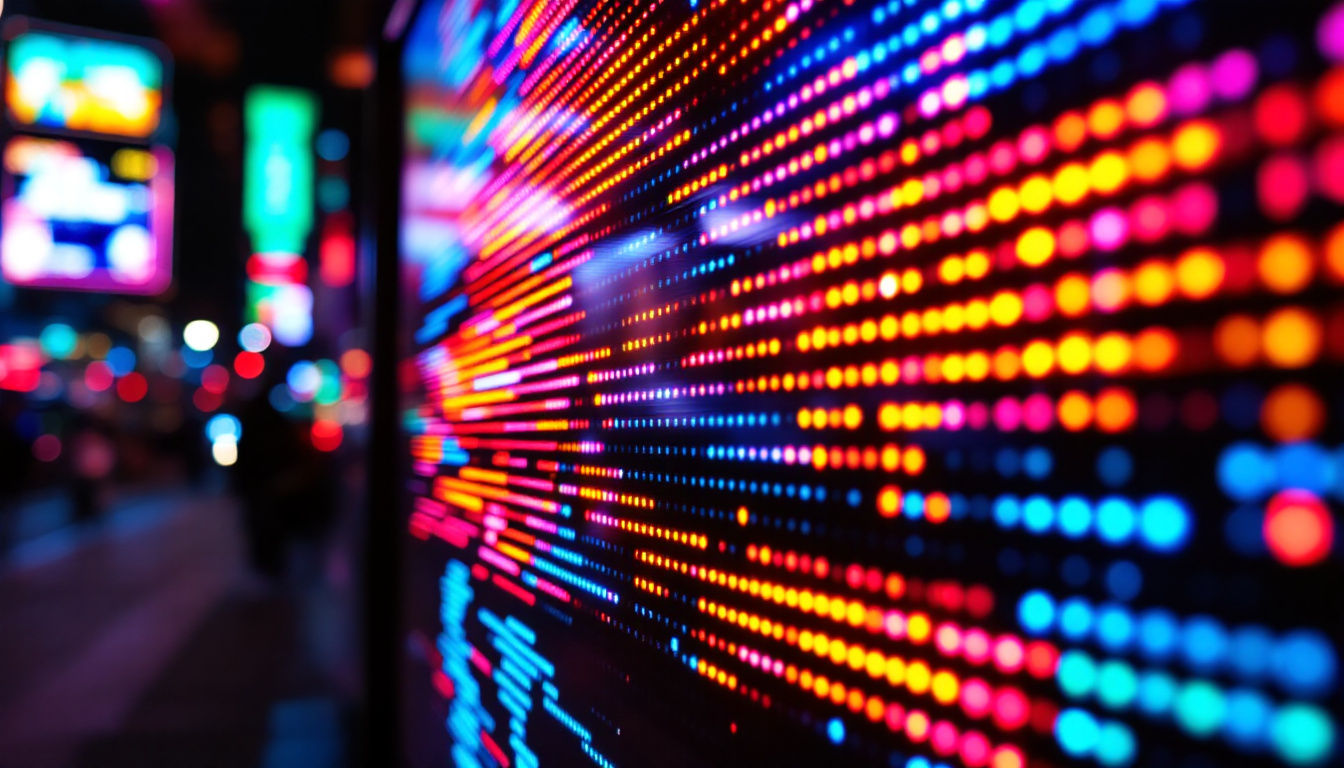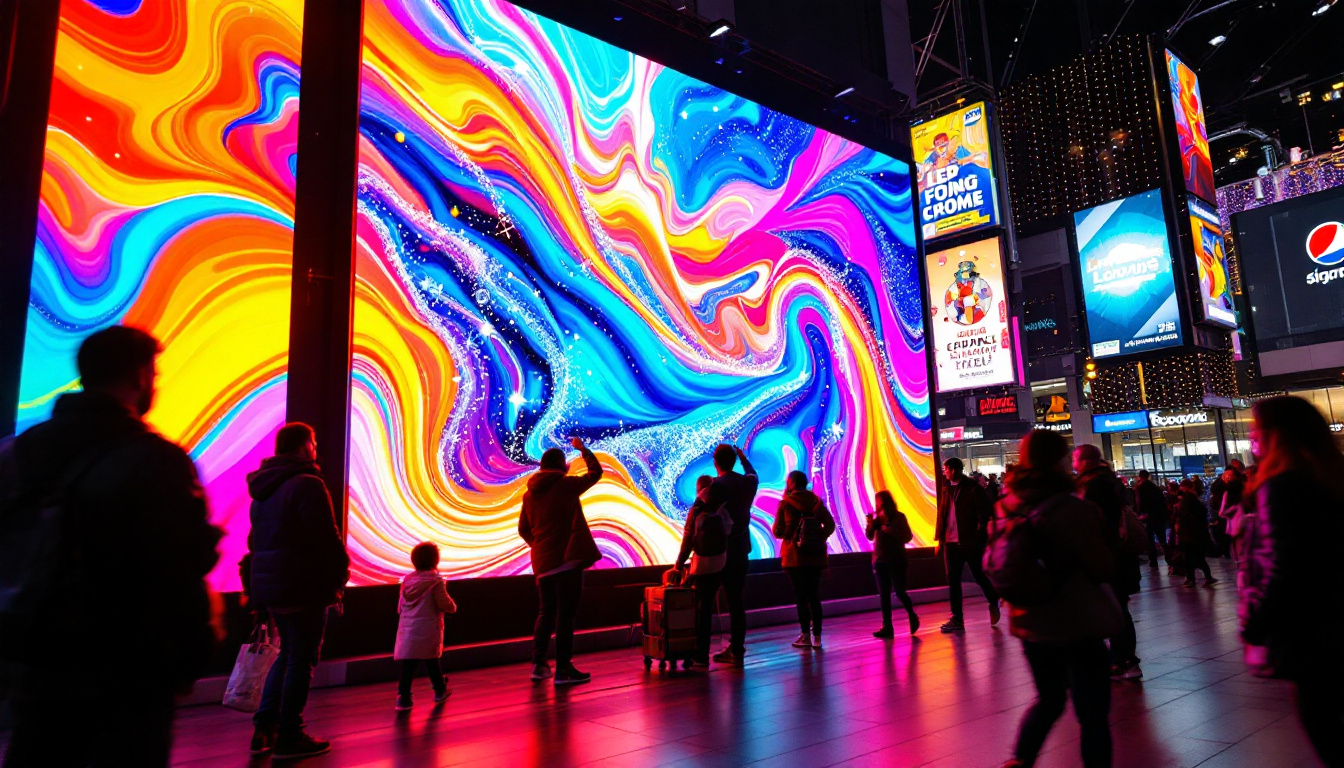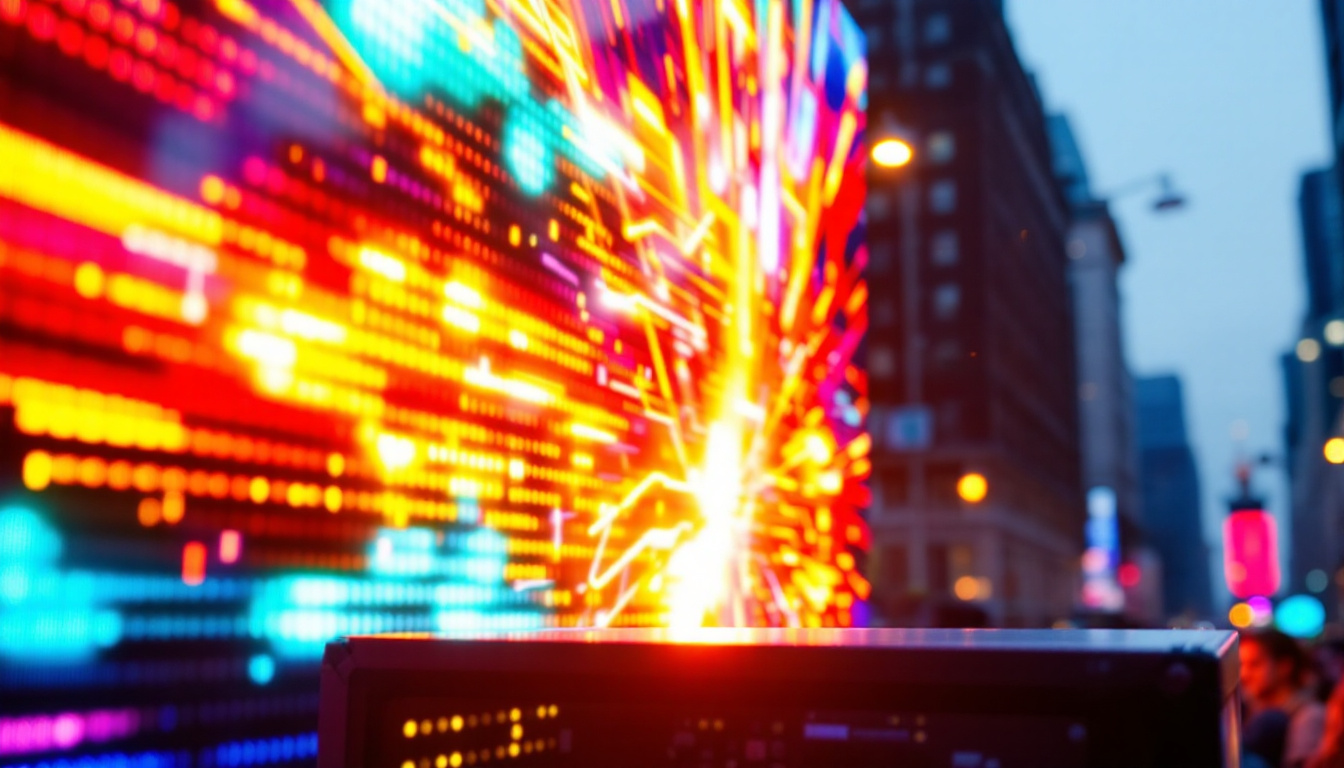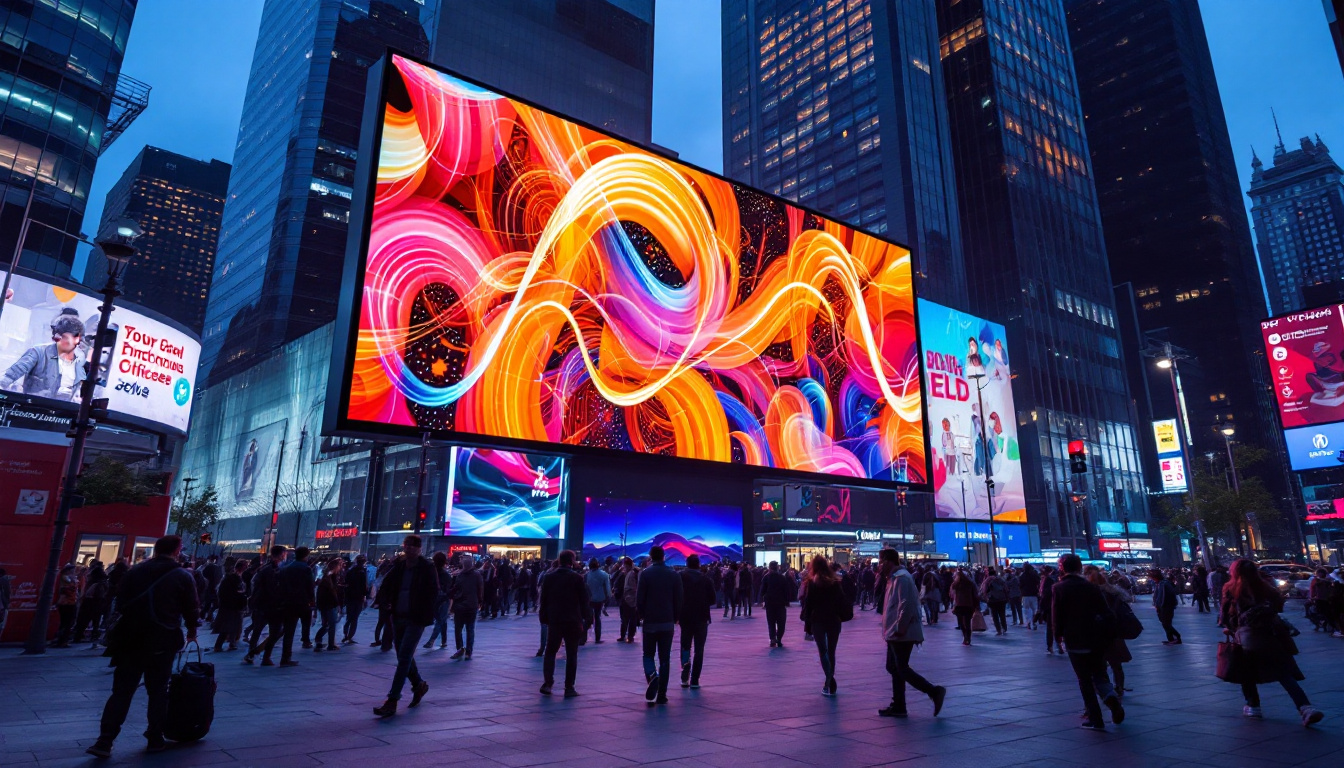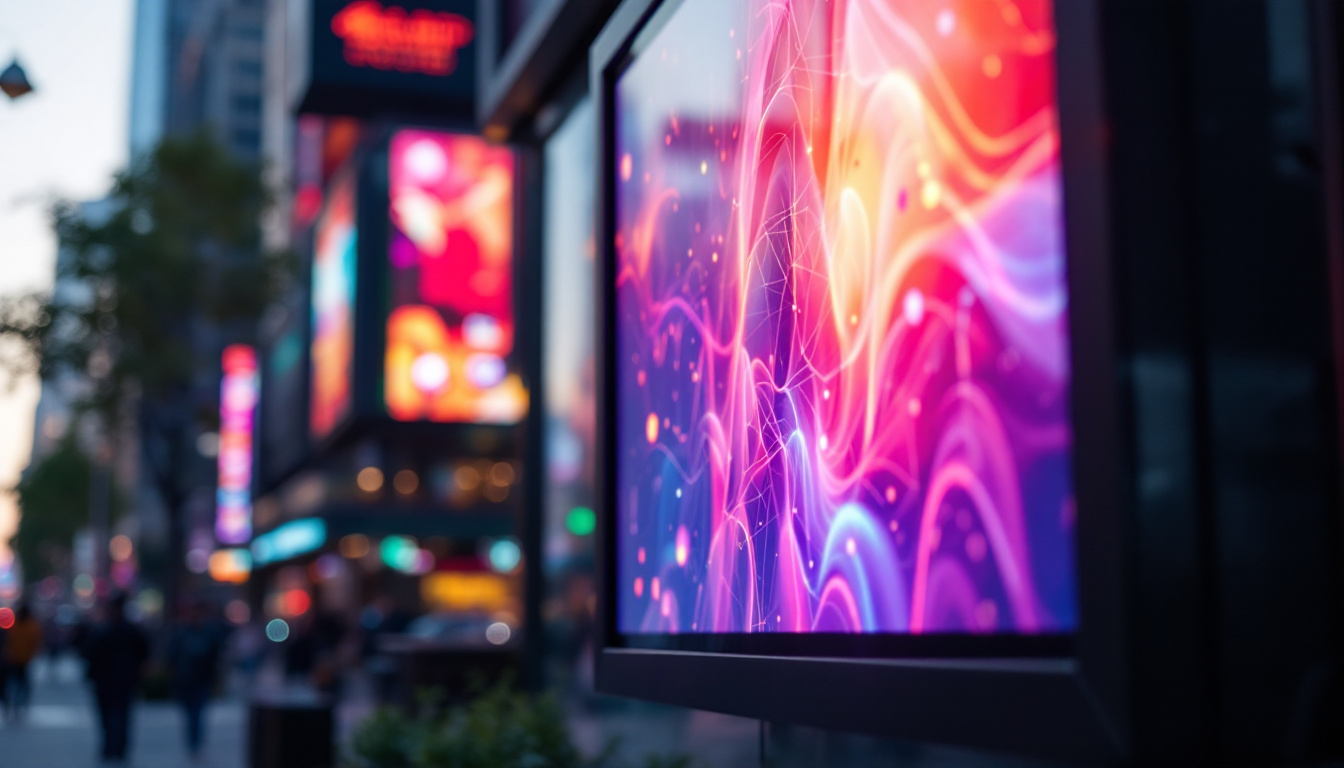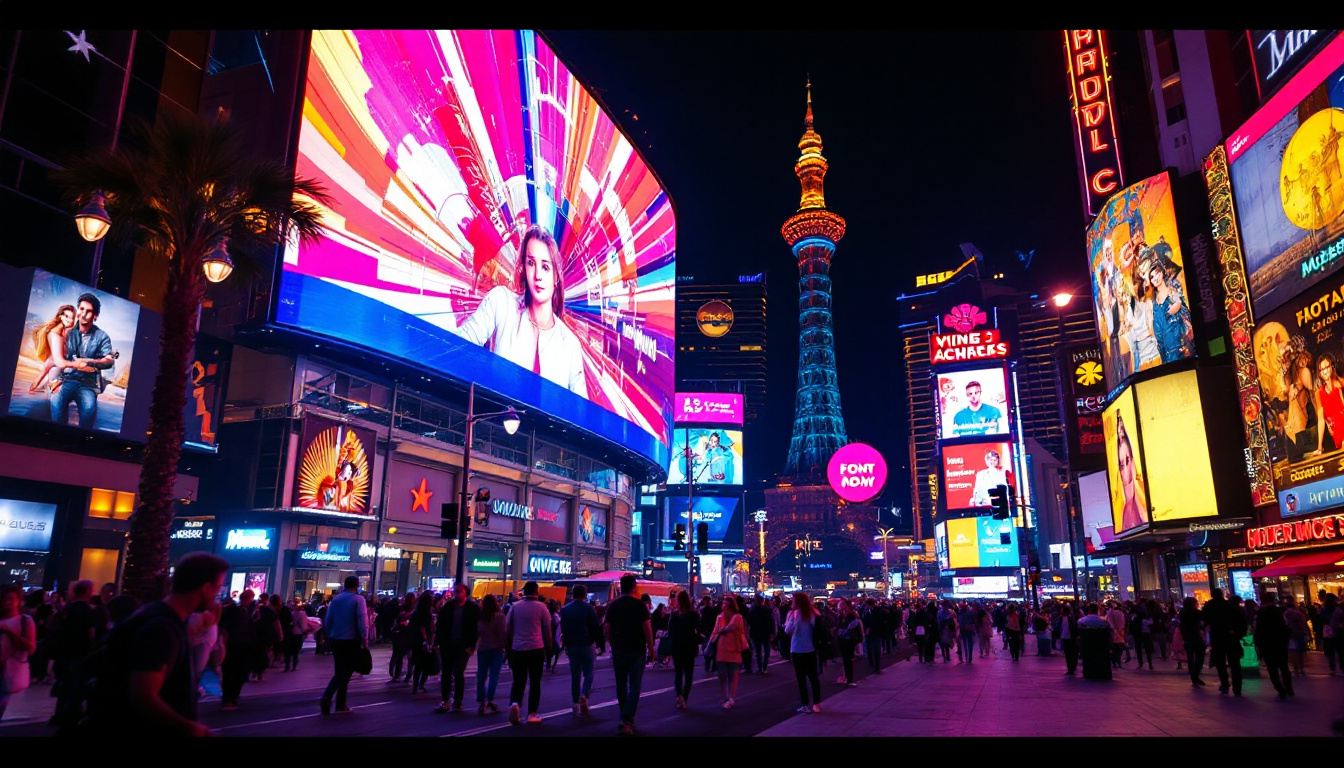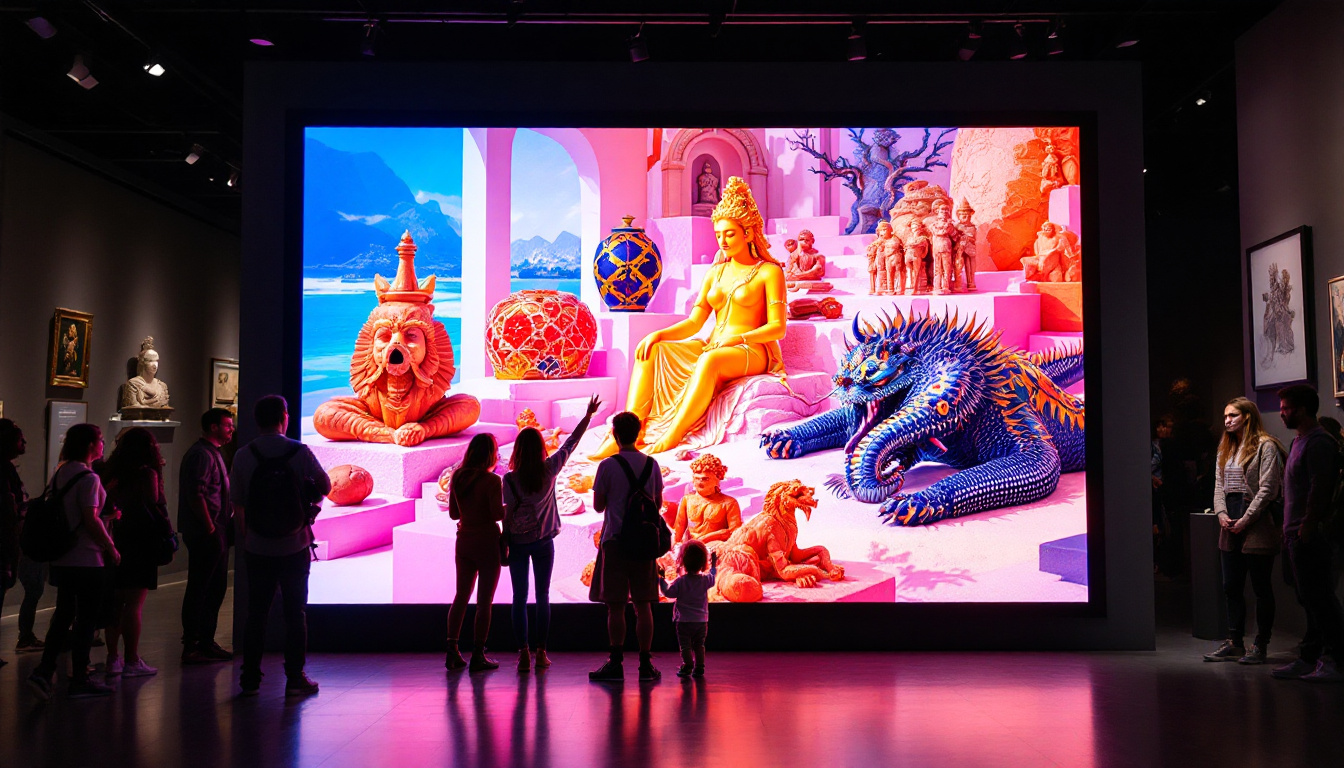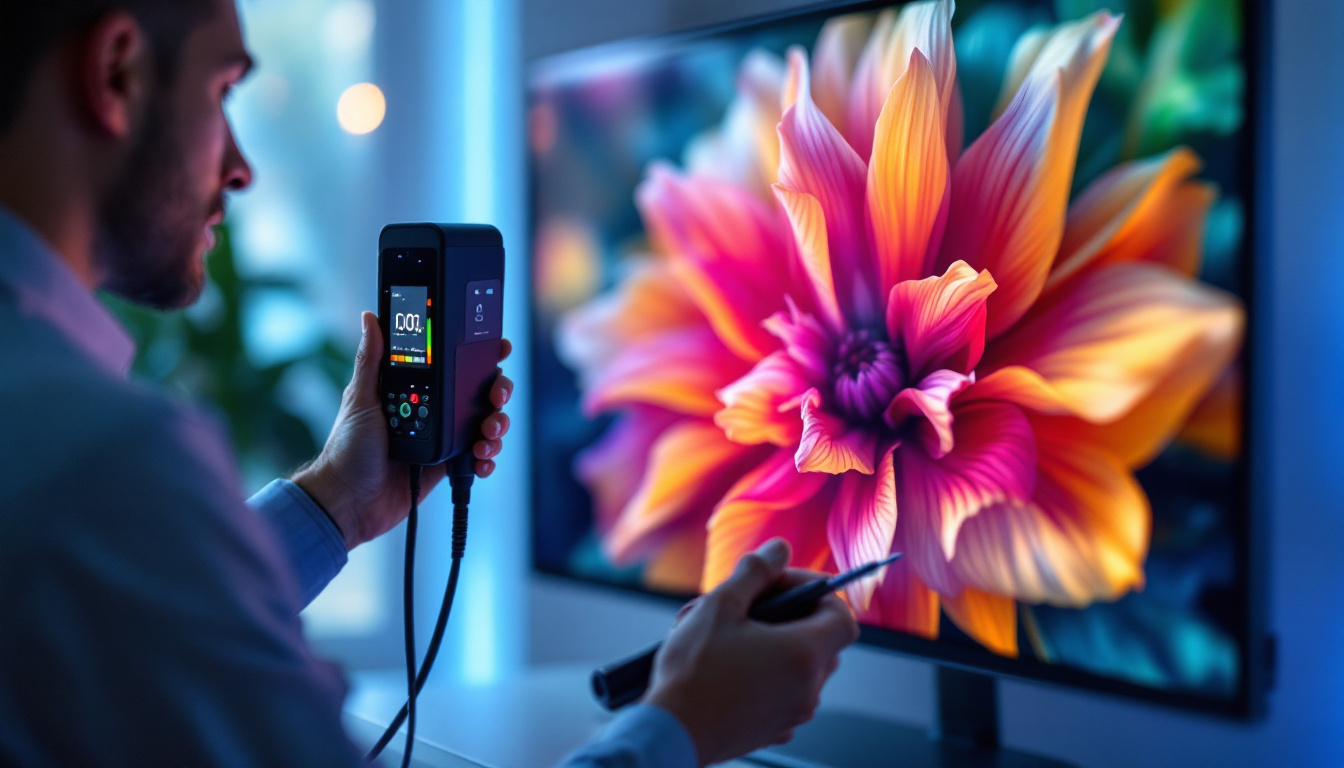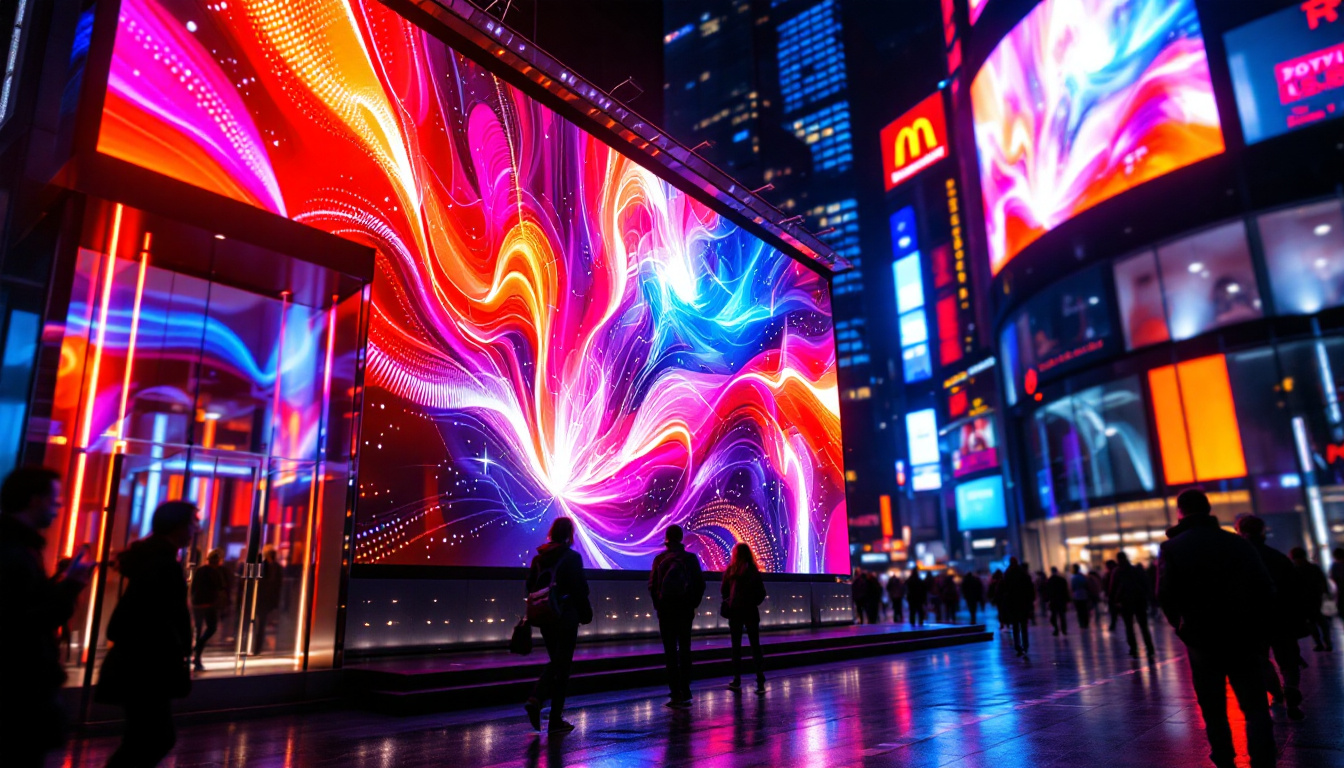In today’s fast-paced digital world, advertising has evolved significantly, with LED display boards emerging as a powerful medium. These vibrant screens not only capture attention but also convey messages effectively, making them a popular choice for businesses and organizations. This article delves into the intricacies of LED display boards, exploring their features, advantages, and the various applications they serve.
Understanding LED Display Boards
LED display boards are electronic display devices that utilize light-emitting diodes (LEDs) to present information, images, and videos. These boards come in various sizes and resolutions, making them suitable for a wide range of advertising needs. The technology behind LED displays has advanced rapidly, allowing for brighter, more energy-efficient screens that can be viewed in various lighting conditions. The versatility of LED boards has also made them a popular choice for both commercial and artistic applications, enabling businesses and creators alike to engage audiences in innovative ways.
Types of LED Displays
There are several types of LED displays, each designed for specific applications. The most common types include:
- Indoor LED Displays: These displays are typically used in shopping malls, conference centers, and sports arenas. They offer high resolution and vibrant colors, making them ideal for close-up viewing. Indoor displays often incorporate advanced features such as touch interactivity and multi-screen setups, enhancing user engagement and providing a more immersive experience.
- Outdoor LED Displays: Built to withstand harsh weather conditions, outdoor LED displays are used for billboards, street advertising, and public information boards. They are designed to be visible from a distance, with high brightness levels. Many outdoor displays now include smart technology that can adjust brightness based on ambient light, ensuring optimal visibility at all times.
- Mobile LED Displays: These are mounted on trucks or trailers and can be relocated easily. They are often used for events, concerts, and promotional campaigns, providing dynamic advertising opportunities. The mobility of these displays allows for targeted marketing strategies, reaching audiences in various locations and maximizing exposure during high-traffic events.
How LED Displays Work
LED displays operate using a matrix of individual LEDs that emit light when an electric current passes through them. Each pixel on the display is made up of red, green, and blue (RGB) LEDs, which can be combined in various intensities to create a full spectrum of colors. The display is controlled by a computer system that sends signals to the LEDs, determining what content is shown. This technology allows for real-time updates, enabling advertisers to change messages instantly and tailor content to specific audiences or events.
The resolution of an LED display is determined by the pixel pitch, which is the distance between the centers of two adjacent pixels. A smaller pixel pitch results in higher resolution, allowing for clearer images and text. This makes pixel pitch a crucial factor in selecting the right LED display for specific applications. Additionally, advancements in LED technology have led to the development of fine-pitch displays, which offer exceptional clarity even at close viewing distances, making them ideal for high-end retail environments and control rooms where detail is paramount.
Moreover, the integration of smart technologies into LED displays has revolutionized their functionality. Features such as remote monitoring, content scheduling, and analytics tracking provide users with the ability to optimize performance and engagement. For instance, businesses can analyze viewer interactions and adjust their advertising strategies accordingly, ensuring that the content resonates with their target audience. This level of adaptability not only enhances the effectiveness of advertising campaigns but also contributes to a more sustainable approach by reducing wasted impressions and resources.
Advantages of LED Display Boards
LED display boards offer numerous benefits that make them an attractive option for advertisers. These advantages contribute to their growing popularity across various sectors.
High Visibility and Impact
One of the most significant advantages of LED displays is their high visibility. The brightness of LED screens ensures that content remains clear and vibrant, even in direct sunlight. This makes them particularly effective for outdoor advertising, where competition for attention is fierce.
The dynamic nature of LED displays allows for animated content, which can capture the audience’s attention more effectively than static advertisements. This ability to display moving images and videos enhances engagement and can lead to higher conversion rates.
Energy Efficiency
LED technology is known for its energy efficiency. Compared to traditional display technologies, such as incandescent bulbs or fluorescent lights, LED displays consume significantly less power. This not only reduces operational costs but also minimizes the environmental impact of advertising.
Additionally, many LED displays come with intelligent technology that adjusts brightness levels based on ambient light conditions. This feature further enhances energy savings while ensuring optimal visibility.
Flexibility and Versatility
LED displays are incredibly versatile, making them suitable for various applications. They can be used for advertising, information dissemination, event promotion, and even artistic displays. Their modular design allows for easy scaling, enabling businesses to create custom sizes and shapes to fit their specific needs.
Furthermore, LED displays can be programmed to change content in real-time, allowing advertisers to tailor messages based on time of day, audience demographics, or current events. This level of flexibility is unmatched by traditional advertising mediums.
Applications of LED Display Boards
The versatility of LED display boards means they can be utilized across various industries. Here are some of the most common applications:
Retail Advertising
In the retail sector, LED displays are used to promote products, sales, and special events. Their eye-catching nature draws customers into stores and enhances the shopping experience. Retailers can display real-time promotions, seasonal offers, and even customer testimonials to influence purchasing decisions.
Moreover, indoor LED displays in stores can be strategically placed to guide customers through the aisles, showcasing relevant products and enhancing overall sales.
Transportation Hubs
Airports, train stations, and bus terminals use LED displays to provide essential information to travelers. These displays can show arrival and departure times, ticket information, and safety announcements. The clarity and visibility of LED screens ensure that travelers receive timely updates, contributing to a smoother travel experience.
In addition, advertising opportunities within transportation hubs can be maximized using LED displays, targeting a captive audience as they wait for their journeys.
Event Promotion
LED displays play a crucial role in promoting events, concerts, and festivals. They can be set up in high-traffic areas to attract attention and generate excitement. Event organizers can use these displays to showcase schedules, highlight performers, and provide real-time updates during the event.
Furthermore, the ability to display dynamic content allows for creative promotions, such as countdowns to event start times or interactive polls with the audience.
Challenges and Considerations
While LED display boards offer numerous advantages, there are also challenges and considerations that businesses must keep in mind when investing in this technology.
Initial Investment Costs
The initial cost of purchasing and installing LED display boards can be significant. While prices have decreased over the years, high-quality displays still require a substantial investment. Businesses must carefully evaluate their budget and consider the long-term benefits of LED advertising before making a decision.
However, it is essential to view this investment as part of a broader marketing strategy. The potential for increased visibility and engagement can lead to a favorable return on investment over time.
Maintenance and Upkeep
Like any electronic device, LED displays require regular maintenance to ensure optimal performance. This includes cleaning the screens, checking for pixel malfunctions, and updating software. Businesses must be prepared to allocate resources for ongoing maintenance to keep their displays in top condition.
Additionally, understanding the warranty and support options available from manufacturers can help mitigate potential issues down the line.
Content Management
Creating engaging content for LED displays is crucial for maximizing their effectiveness. Businesses must invest time and resources into developing high-quality visuals and messages that resonate with their target audience. This may involve hiring graphic designers or content creators who specialize in digital advertising.
Moreover, a robust content management system is essential for scheduling and updating display content efficiently. This ensures that messages remain relevant and timely, enhancing the overall impact of the advertising efforts.
The Future of LED Display Technology
The future of LED display technology looks promising, with continuous advancements enhancing their capabilities. Emerging trends include:
Higher Resolution Displays
As technology evolves, the demand for higher resolution displays is increasing. Innovations in pixel density are allowing for even clearer images and more detailed content. This trend is particularly important for applications where close-up viewing is essential, such as retail environments and trade shows.
Integration with Smart Technology
LED displays are increasingly being integrated with smart technology, enabling features such as remote control, real-time data integration, and interactive capabilities. This allows businesses to create more dynamic and engaging advertising experiences that can adapt to changing circumstances.
Environmental Sustainability
As businesses become more environmentally conscious, the demand for sustainable advertising solutions is growing. LED technology is inherently more energy-efficient, and manufacturers are exploring ways to make production processes more sustainable. This includes using recyclable materials and reducing waste in the manufacturing process.
Conclusion
LED display boards have revolutionized the advertising landscape, offering businesses a powerful tool for engaging their audiences. With their high visibility, energy efficiency, and versatility, LED displays are well-suited for a variety of applications across different industries.
While there are challenges to consider, the benefits of investing in LED display technology far outweigh the drawbacks. As advancements continue to shape the future of this technology, businesses that embrace LED displays will be better positioned to capture attention and communicate effectively in an increasingly digital world.
In summary, LED display boards represent a significant opportunity for advertisers looking to enhance their visibility and connect with their target audience in innovative ways. As technology continues to evolve, so too will the possibilities for dynamic and impactful advertising.
Discover LumenMatrix’s Advanced LED Solutions
Ready to elevate your advertising strategy with the latest in LED technology? Explore LumenMatrix’s comprehensive range of LED display solutions, from vibrant Indoor and Outdoor LED Wall Displays to versatile Vehicle and Custom LED Displays. Our mission is to transform your visual communication, captivating your audience with unparalleled clarity and impact. Check out LumenMatrix LED Display Solutions today and see how we can help you create unforgettable visual experiences that resonate with your target audience.

